Imagine a 12-bit DAC with a range 0.2V to 3.4V and its DNL spec given as ±2 LSB.
I want to increase this DAC in stair step fashion(as shown in below illustration) from 0.2V to around 3.2V with around 3mV step increases in total number of 1024 steps.
In this case, my theoretical step increase is 3V/1024 = 2.9mV.
For DNL ±2 LSB corresponds to 2 × 3.2V / 4095 = 1.5mV.
I'm trying to make sense of these two above. I'm aiming 1024 times with 2.9mV step increase and the DNL error is 1.5mV. Is there any way to tell how many times such error will appear for a whole 1024 step increase? What can we say about accuracy of such a situation?
